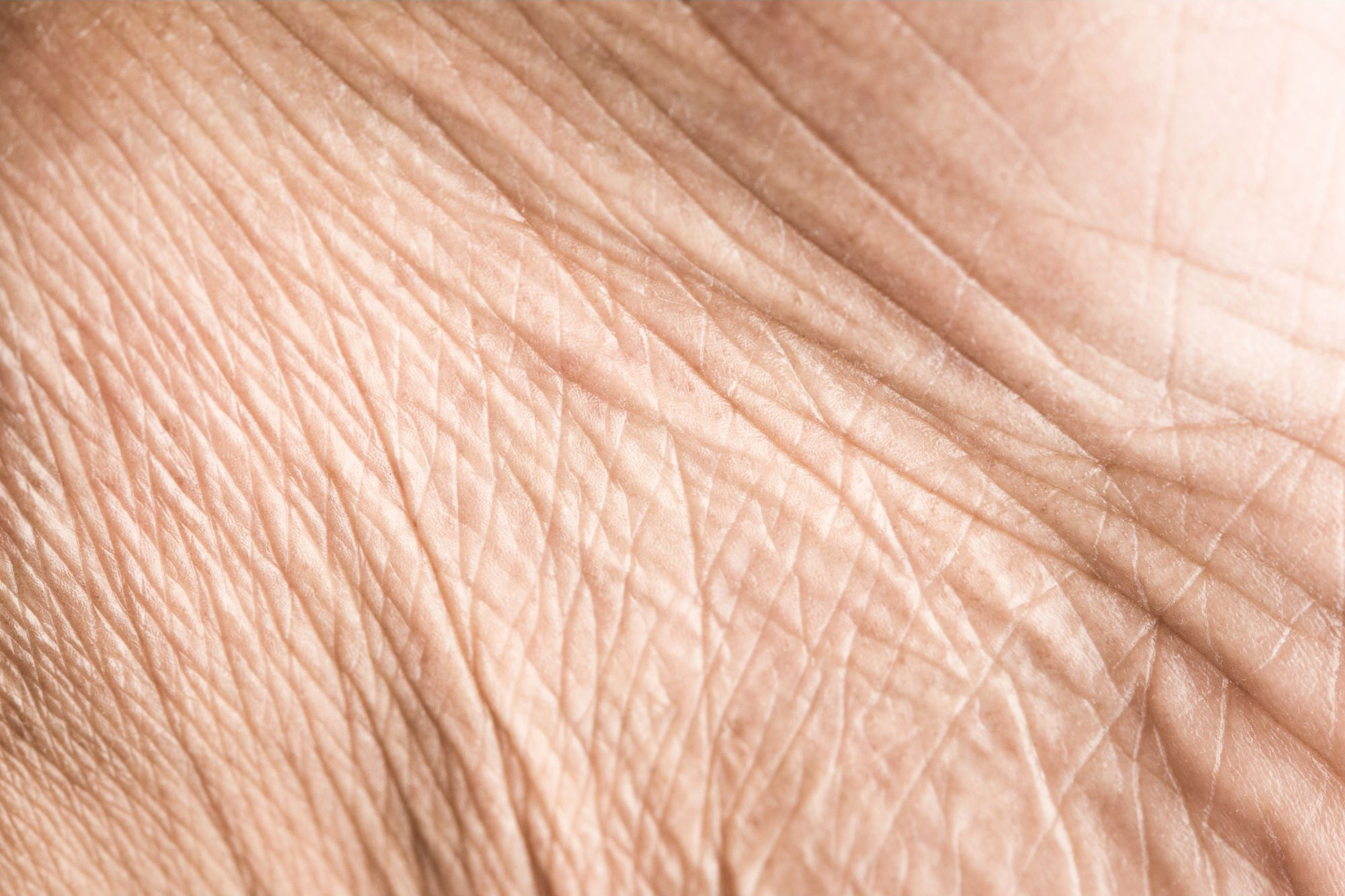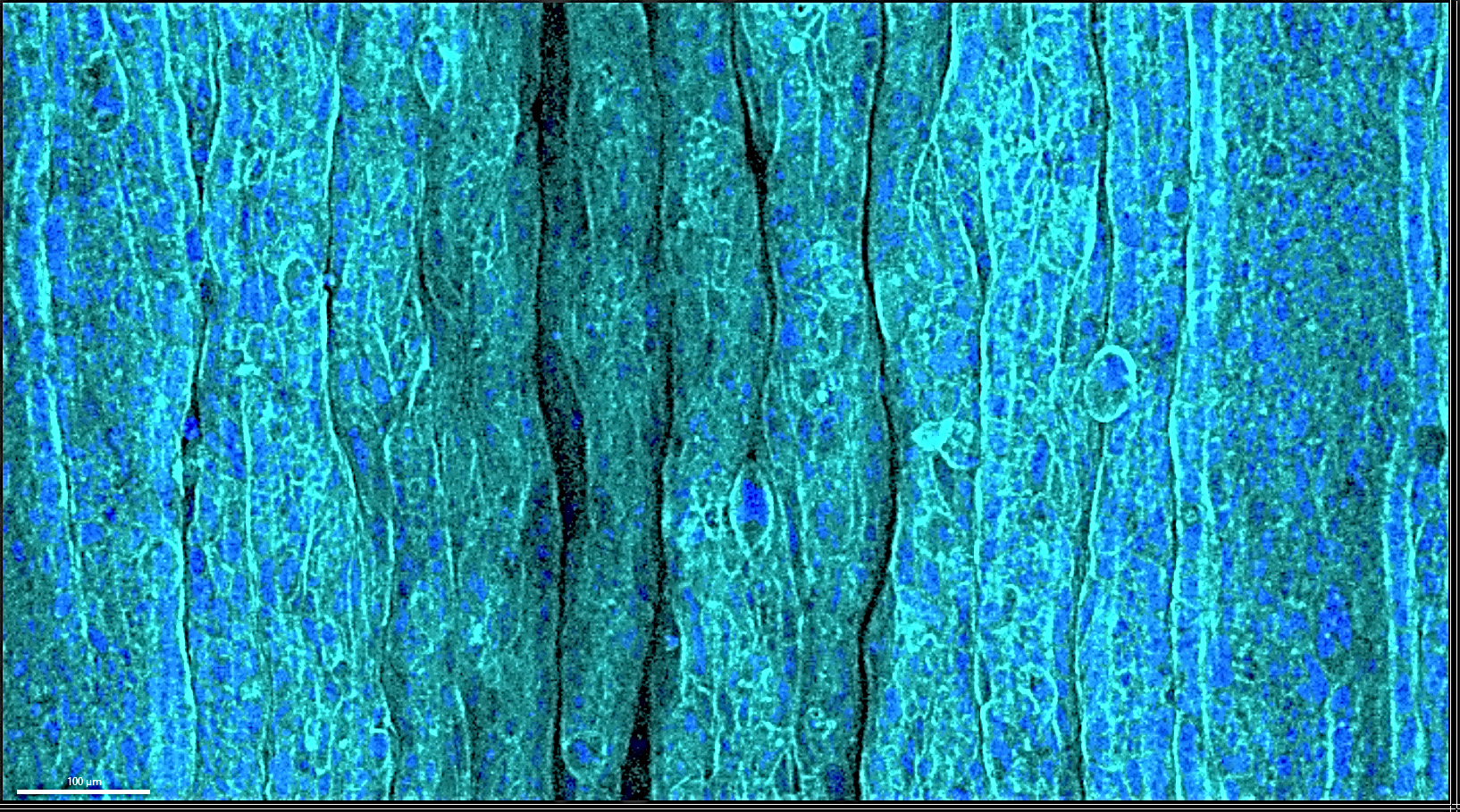"Informed AI News" is an publications aggregation platform, ensuring you only gain the most valuable information, to eliminate information asymmetry and break through the limits of information cocoons. Find out more >>
Pohang University of Science and Technology research reveals the principles of wrinkle formation.
- summary
- score


A research team from Pohang University of Science and Technology has successfully replicated biological wrinkle structures in vitro, revealing that compression force and dehydration are key factors in wrinkle formation. The study, published in Nature Communications, not only contributes to research on skin aging but also has broad applications in biomedicine and the cosmetics industry.
The research, led by Professor Dong Sung Kim, Professor Anna Lee, and Dr. Jaeseung Youn, developed an epithelial tissue model composed of human epithelial cells and the extracellular matrix (ECM). By combining this model with a precise compression force device, the team was able to reproduce wrinkle structures found in tissues such as the intestines and skin in vitro.
The study found that compression force leads to mechanical instability in the ECM layer, resulting in wrinkles, and that dehydration of the ECM layer is also a critical factor. This finding aligns with the phenomenon of wrinkle formation due to dehydration in the underlying tissues of aging skin.
Professor Kim noted that the platform, which does not require animal testing, allows for real-time imaging and observation of the wrinkle formation process, making it widely applicable in fields such as embryology, biomedical engineering, and cosmetics.
Extracellular matrix (ECM): The supportive structure between cells, providing mechanical support and signaling pathways.
| Scores | Value | Explanation |
|---|---|---|
| Objectivity | 6 | 内容非常客观,��全面报道和深入分析。 |
| Social Impact | 4 | 内容引发强烈社会讨论或关注,影响部分公众意见。 |
| Credibility | 6 | 内容不仅可信,还经过独立验证并被多方确认。 |
| Potential | 5 | 内容具有很高潜力,几乎必然触发更大事件。 |
| Practicality | 5 | 内容极其实用,已在实践中广泛应用并取得良好效果。 |
| Entertainment Value | 3 | 内容具有一定娱乐价值,能吸引部分观众。 |